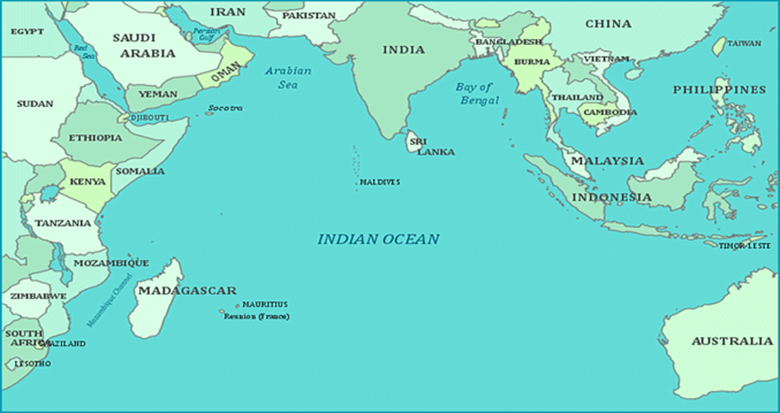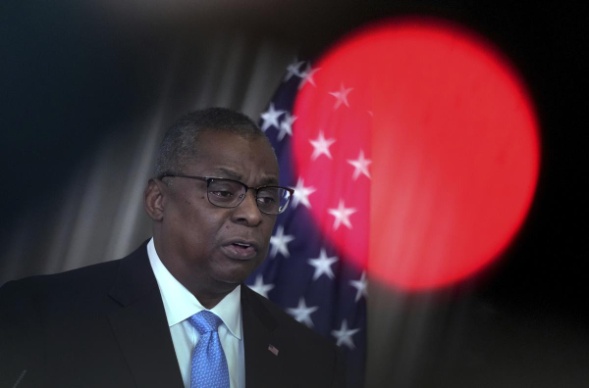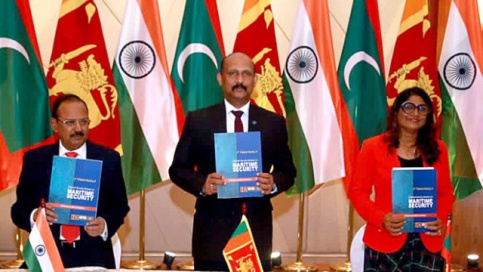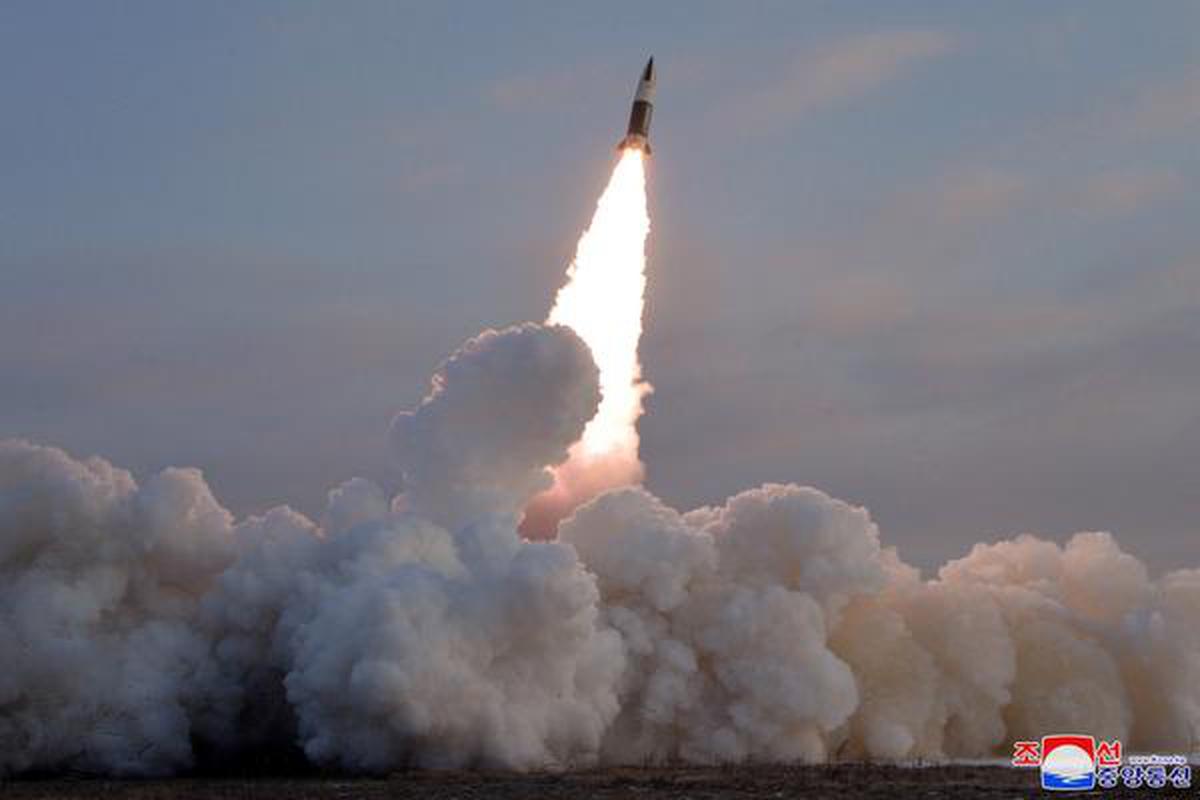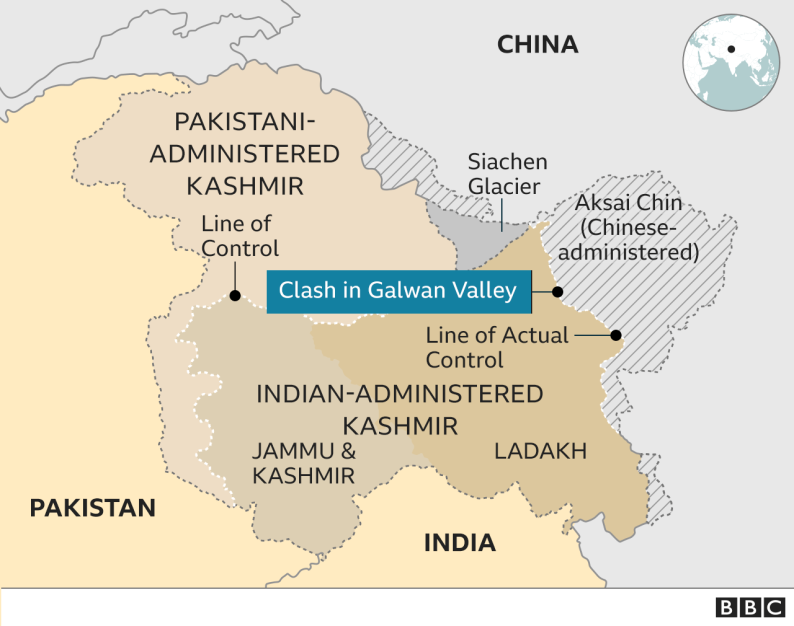Description
Context:
Delimitation can hinder the axis of cooperative federalism.
About Federalism
- Essentially, federalism is an institutional mechanism to accommodate two sets of polities—one at the regional level and the other at the national level.
- Each government is autonomous in its sphere. The Indian Constitution provides for a federation with a strong centre.
- It does not use the word 'federation' and has described India as a "Union of States", which implies the 'cooperative' nature with certain unitary features.
- The Union, State, and Concurrent lists demarcate the responsibilities and functions of the two.
- Federalism has to continuously maintain a di cult balance between the Centre and the States with decentralisation of resources, strengthening them all by bringing the weaker leg forward, creating healthy competition among the States in the form of
Health, Sanitation Rankings, etc.
Objective of the Federalism
- The idea is to develop a culture and a set of values and virtues like mutual trust, and a spirit of cooperation among the people and policies.
- It is about acknowledging and celebrating unity as well as diversity, respecting the boundaries as well as transcending the boundaries.
- The most common analogy given for such a structure is ‘the brain’ and ‘the body parts’.
- The way they work in tandem with perfect synchronization is the spirit, mind, and soul of federalism as well.
- Each organ is dependent on the other for smooth functioning and growth of the entire body. National unity cannot be built by streamlining di erences.
- Such forced unity only generates greater social strife and alienation and tends finally to destroy unity.
- A responsive polity sensitive to diversities and the demands for autonomy can alone be the basis of a cooperative federation.
Indian federalism
- India’s diversity made federalism inevitable, but, fearing fissiparous tendencies among States that had never been a single political unit, they also created a strong centre.
- In India, any clash between federal principles and democracy will inevitably also have linguistic, religious and cultural implications and may result in new forms of sub-regional chauvinism.
- Article 1 of the Indian Constitution says, India is a Union of States not a federation of states
- No separate State citizenship or State Constitutions.
- Upper house seat allocation is with respect to population and not equity. National powers over the States aren't restricted.
American federalism
- National powers over the States were
- Each State regardless of size had two seats in the Senate, giving smaller States an outsized role in national governance.
- Presidents are elected by electoral votes, which means they must win States rather than the total national population.
- State can confer citizenship if the centre denies.
Need of the hour
- A diverse and large country like India requires a proper balance between the six pillars of federalism: autonomy of states, national integration, centralisation, decentralisation, nationalisation, and regionalisation.
- Extreme political centralisation or chaotic political decentralisation can both lead to the weakening of Indian federalism.
- The right balance would prevent the Union government from repressing state autonomy beyond a point while guarding the states against divergence that can threaten national unity.
- Controlling these extremes is a challenge, as federalism must reconcile the need for national unity on the one hand, and on the other, regional autonomy.





